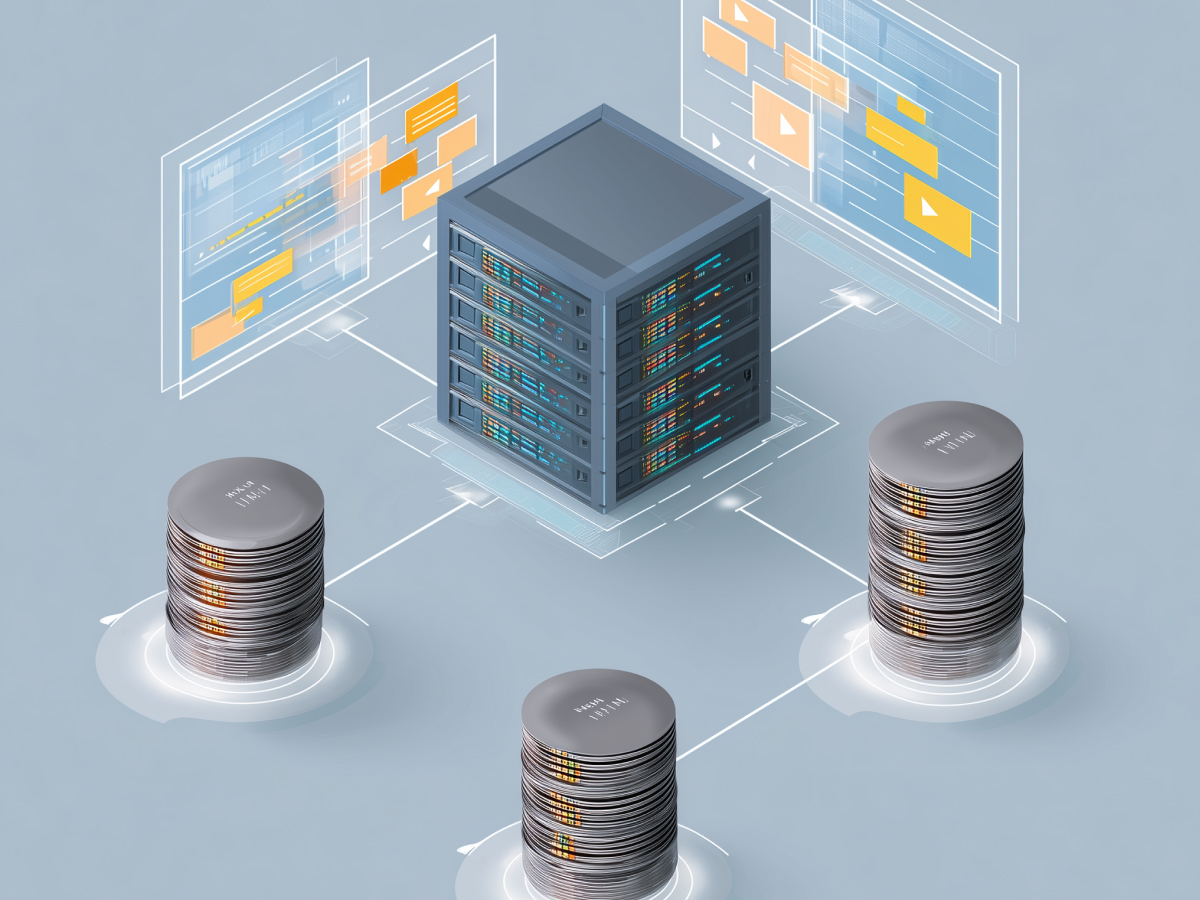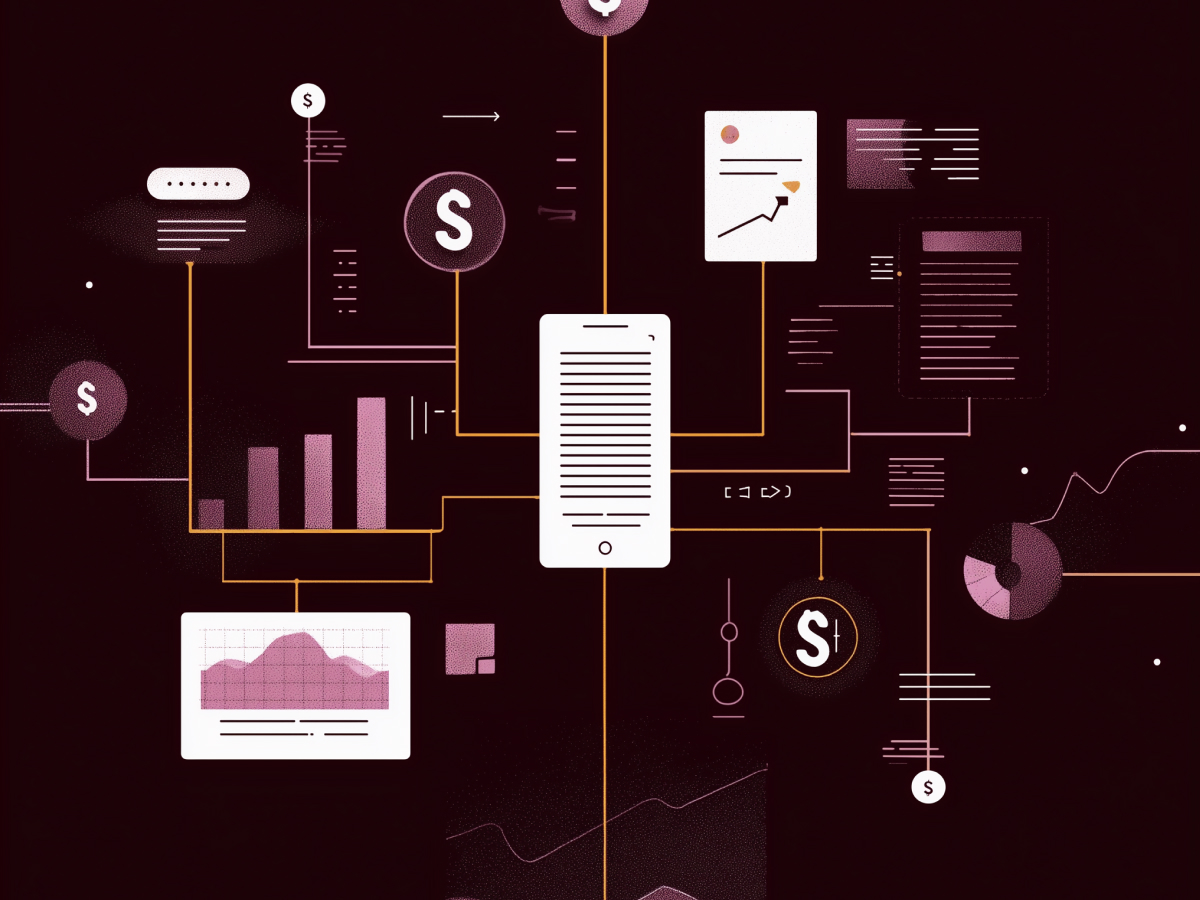GPT-5 shows enhancements in reasoning, instruction-following, and task execution
OpenAI’s GPT-5 has real upgrades where it matters, raw capability that supports complex business tasks without wasting time. Think about a system that understands the structure of your request, figures out the best model to handle it, and responds sharply, that’s where GPT-5 is now operating. It uses a real-time routing system. That just means it knows how to deploy the right tool for the right job while you’re talking to it.
The model is better at reasoning. It can break down problems, follow detailed instructions, and deliver useful answers. If you give it a prompt, something you want done in plain language, it can now turn that into things like complete websites, app prototypes, or detailed email drafts. It’s also smarter at handling tricky language. Whether you’re dealing with internal business reports or legal memos filled with confusing phrasing, GPT-5 interprets intent more cleanly than earlier versions.
For daily operations, this makes a difference. You want systems that reduce mistakes and improve output. GPT-5 targets both. It moves us closer to meaningful productivity AI, not just tools that look busy, but ones that actually deliver.
There’s a compounding benefit here: less hallucination. Past models made things up. GPT-5 reduces that risk. It chooses when to answer and when not to, based on whether the data exists. That’s key for business environments where correctness isn’t optional.
These technical upgrades mean more efficient workflows. Whether you’re automating internal documentation or customer-facing interfaces, fewer errors and better comprehension save your team time, and save you money.
GPT-5 improves on hallucination reduction and document comprehension
Box, a cloud file-sharing company that deals with enterprise content, took GPT-5 and tested it on real-world financial documents. High complexity. Lots of math. They found accuracy at 90% based on internal testing. That’s across documents where even humans slow down to double-check numbers. GPT-5 did better than GPT-4.1 and better than other vendor models.
Aaron Levie, CEO of Box, went further and pointed out something most people dealing with AI miss, GPT-5 doesn’t just guess. If it doesn’t have the answer, it admits it. You ask a question based on a document, and if the information’s not present, it tells you so. That’s the behavior enterprises want: accuracy, discipline, and awareness of data boundaries.
This capability unlocks more confidence in deploying large language models across regulated sectors like finance or legal. High value use cases, contract review, data interpretation, document synthesis, depend on knowing what’s real and what isn’t. GPT-5 understands when your query can’t be answered cleanly and stops itself, no fantasy answers.
For executives trying to reduce operational risk while scaling automation, this is a must-have threshold. As models become decision-support systems, the ability to limit hallucination becomes more than a performance benchmark. It becomes a trust metric.
This is important: better doesn’t mean perfect. Levie was clear. There’s room to grow. A 90% accuracy rate is impressive, but the ceiling needs to lift. Still, it’s enough to make deployment worthwhile, for productivity gains, workflow acceleration, and reduced error rates across enterprise documentation. Deploy it where clarity, compliance, and speed matter. You’ll see the ROI almost immediately.
GPT-5 strengthens OpenAI’s position in coding and software engineering applications
GPT-5 isn’t just about chatting or document drafting. A big part of this version’s evolution is in raw coding capability. OpenAI put serious training time into this area, and the results show. GPT-5 writes more accurate code, in more languages, with better structural logic. This is a clear move toward owning the AI-coding ecosystem, because that’s where a lot of economic value will be generated.
In business terms, this unlocks productivity at scale. Whether it’s accelerating development timelines, debugging issues, or auto-generating infrastructure scripts, GPT-5 offers practical performance. And it’s not just about individual developers. Enterprises building new products, optimizing backend operations, or scaling software teams can all benefit from this kind of tool. It takes routine code tasks and completes them with fewer errors and more consistent structure.
Industry analysts have already noticed. Arun Chandrasekaran at Gartner pointed out that OpenAI specifically targeted coding use cases because demand from enterprise B2B sectors is spiking. That’s backed by the direction key competitors are taking. Anthropic, for example, released Claude Opus 4.1 with a similar emphasis on research and analytical depth. OpenAI’s move with GPT-5 shows they’re not backing down from that challenge, they’re doubling down on defending their lead in this space.
For decision-makers, the takeaway is simple: AI-assisted coding is already transforming the way software teams operate. If you’re working in environments with legacy systems, large application footprints, or a growing backlog, GPT-5 is positioned to create immediate efficiency gains. Being faster isn’t the only goal, being correct, reproducible, and secure matters more. GPT-5 hits all three better than previous versions.
GPT-5 is viewed as an incremental advancement
Let’s be direct. GPT-5 is a strong step forward. But it’s not a revolution. It’s not artificial general intelligence. That’s the clear signal from analysts and technologists looking at this release. The capabilities are sharper, the output is more accurate, and task performance is stronger, but it’s not a fundamental redefinition of machine intelligence.
Arun Chandrasekaran from Gartner stated this clearly. While GPT-5 makes solid gains, especially in coding and document comprehension, we’re nowhere close to AGI. What that means for executive planning is this: don’t expect one model to solve everything. These tools are excellent for solving specific classes of problems. They’re not built to handle full system substitution across all domains.
Bradley Shimmin at The Futurum Group echoed the same outlook. Enterprise buyers need to think domain-first. Use GPT-5 where it’s already proven, text generation, coding, structured data tasks. For use cases outside of those niches, fit still matters. This generation isn’t a universal solution, and treating it as such sets up unrealistic expectations.
It’s also worth noting the gap between optimized performance in one area and offloading responsibility across all workflows. Just because GPT-5 excels in code generation doesn’t mean you’ll get equal performance from it in multilingual communication or scientific accuracy. It was trained with emphasis toward certain goals; those goals dictate outcomes.
For executive teams making AI adoption decisions, the message is simple. GPT-5 offers real gains, but the smart move is to integrate it into areas where its core strengths match your needs. That’s how you get ROI. Not expecting it to do everything.
GPT-5’s enterprise value is highly contingent on ecosystem compatibility and specific use case alignment
GPT-5 isn’t a plug-and-play solution for every organization. Whether it delivers value depends heavily on where it’s being used and how it fits into your existing tech stack. That’s not a weakness, it’s just reality. Enterprise success with AI hinges on integration and technical alignment. If your systems are already built around Microsoft or OpenAI infrastructure, GPT-5 becomes easier to adopt. If not, switching will involve friction.
Bradley Shimmin from The Futurum Group explained this well. If your developers are working inside environments that support OpenAI models, GPT-5 offers an edge. But if context window size is critical, for example, when handling entire codebases or massive data payloads, some might prefer models like Gemini 2.5, which are optimized differently. It comes down to fit.
This also brings up the issue of technical debt. Most enterprises have legacy tools, vendor contracts, and in-house platforms that limit how quickly new systems can be adopted. So even if GPT-5 is more advanced in certain functions, switching costs must be part of the decision. Shimmin pointed out that many AI adoption decisions are determined by what a company has already committed to, not just what’s new.
There are also some open questions. Arun Chandrasekaran from Gartner raised concerns around non-English capabilities. GPT-5’s performance outside of English hasn’t been clearly benchmarked. He also noted OpenAI hasn’t provided clarity on how it plans to differentiate GPT-5 from its recently released open-weight models. These are practical concerns for leaders managing scalability, compliance, and future product planning.
Bottom line, GPT-5’s enterprise impact is real, but not automatic. You need to evaluate based on workflow needs, strategic direction, and system compatibility. Deploy it where it complements what your teams use today. That’s how you get the return. Not by chasing the newest thing, but by choosing what works now within your business architecture.
Key takeaways for decision-makers
- GPT-5 brings practical advances in reasoning and task execution: Leaders should consider GPT-5 for improving operational output in content generation and task automation, especially where precision and nuanced understanding of language are essential.
- Document comprehension and hallucination control are significantly stronger: Enterprises handling complex or regulated documentation can reduce compliance risk by adopting GPT-5, which now identifies missing information instead of fabricating answers.
- Coding performance has been prioritized and enhanced: CTOs and heads of engineering should explore GPT-5 for software development, as it now supports faster, more accurate code generation suitable for high-volume, B2B use cases.
- This is an incremental upgrade, not a transformational leap: Decision-makers should set realistic expectations, GPT-5 enhances key functions but is not a one-size-fits-all solution and does not constitute a breakthrough toward artificial general intelligence.
- Enterprise value depends on tech stack alignment and specific needs: Adoption should be driven by platform compatibility and use case relevance; organizations already invested in OpenAI or Microsoft ecosystems will gain the most strategic value.





